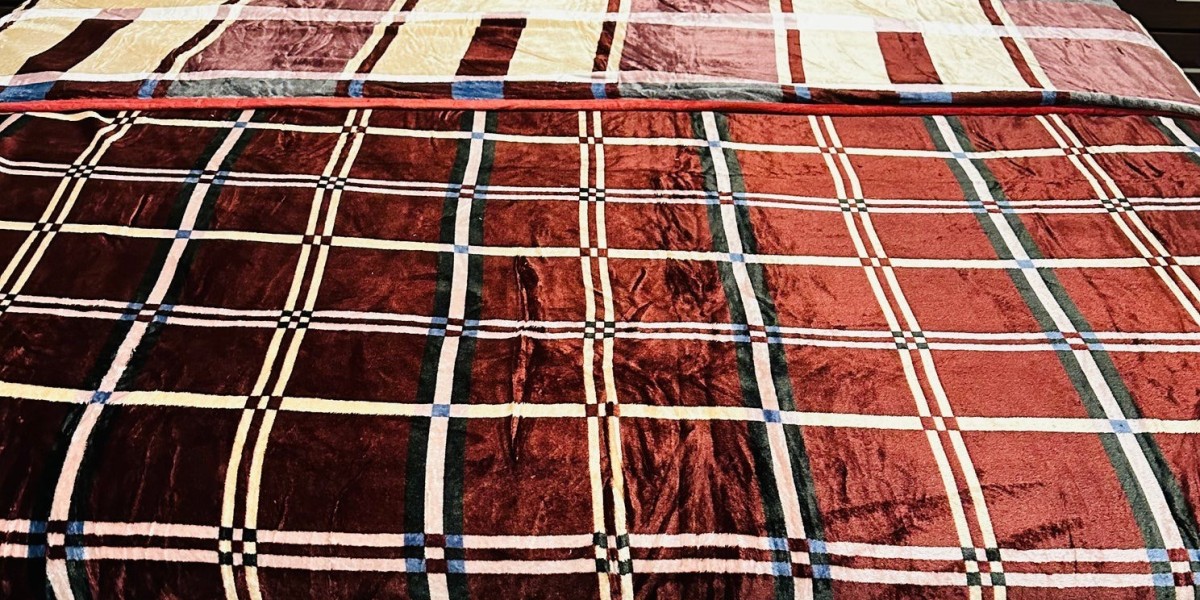Malaysia is a vibrant tapestry of cultures, ethnicities, and traditions, making it a unique place for video production. From the lush landscapes of Borneo to the bustling streets of Kuala Lumpur, the country’s diverse heritage plays a significant role in shaping its cinematic narratives. This blog explores how cultural heritage influences Malaysian video production, enhances storytelling, and contributes to the preservation of traditions while engaging audiences both locally and globally.
A Melting Pot of Cultures
Malaysia is home to a rich amalgamation of cultures, primarily comprising Malays, Chinese, Indians, and various indigenous communities. This diversity is reflected in the country’s video productions, which often weave together elements from different cultural backgrounds. By incorporating various traditions, customs, and languages into their narratives, Malaysian filmmakers create stories that resonate on multiple levels.
For instance, films like Sepet by Yasmin Ahmad illustrate the cultural intricacies of a Malay-Chinese romance, showcasing the beauty of cultural exchange and understanding. By placing cultural heritage at the forefront, filmmakers foster a sense of unity among the diverse communities in Malaysia, promoting dialogue and empathy.
Storytelling through Traditions
Cultural heritage is a rich source of storytelling material. Malaysian filmmakers often draw upon traditional myths, legends, and folklore, using these narratives as a foundation for their films. This approach not only entertains but also educates audiences about their cultural roots.
A prime example is the film Pulang, which delves into the significance of the traditional Malay customs surrounding family and identity. By embedding cultural traditions into the narrative, filmmakers can evoke a sense of nostalgia and pride in their audience, encouraging them to appreciate their heritage.
Authentic Settings and Visual Aesthetics
The stunning landscapes and historical sites in Malaysia provide filmmakers with a plethora of authentic settings that enhance their narratives. From the ancient rainforests of Sarawak to the colonial architecture of Penang, the locations chosen for filming contribute significantly to the story’s authenticity.
In The Garden of Evening Mists, the lush Malaysian backdrop becomes an integral part of the narrative, highlighting the relationship between nature and heritage. The film beautifully captures the essence of Malaysian culture, emphasizing the importance of preserving both the environment and cultural traditions. By showcasing these unique settings, filmmakers invite audiences to explore and appreciate Malaysia’s cultural richness.
Language and Dialogue
Language is a powerful tool in video production, and in Malaysia, filmmakers often incorporate multiple languages and dialects to reflect the country’s linguistic diversity. The use of local languages not only enhances authenticity but also helps convey cultural nuances that may be lost in translation.
Films like Lagenda Budak Setan incorporate Malay, English, and Chinese dialects, allowing characters to express themselves in ways that resonate with their cultural identities. This multilingual approach enriches the storytelling experience, making the narratives more relatable to a diverse audience. By using language as a cultural anchor, filmmakers foster a deeper connection between the characters and viewers.
Music and Soundscapes
Music is another vital aspect of cultural heritage that plays a significant role in Malaysian video production. Traditional music and contemporary sounds can evoke emotions and reinforce cultural identities, creating a rich audio-visual experience.
For example, films like Keluarga Iskandar effectively use traditional Malay music to underscore key moments in the narrative. The incorporation of local sounds not only enhances the emotional depth of scenes but also serves as a reminder of Malaysia’s cultural roots. This connection between music and heritage allows filmmakers to create a more immersive experience for audiences.
Addressing Social Issues through Heritage
Cultural heritage is not just about celebrating traditions; it also serves as a lens through which filmmakers can address contemporary social issues. By exploring themes such as identity, migration, and cultural preservation, Malaysian filmmakers use their heritage as a platform for critical reflection.
Films like Gadoh tackle pressing issues such as racial tension and societal stereotypes within the Malaysian context. By drawing upon cultural heritage, filmmakers engage audiences in discussions about the importance of understanding and respecting differences, promoting social cohesion in a multicultural society.
The Impact on Audience Engagement
Cultural heritage in Malaysia video production not only shapes the narratives but also significantly impacts audience engagement. When viewers see their traditions, customs, and stories represented on screen, they feel a sense of pride and connection to their cultural identity.
This representation fosters a collective consciousness among audiences, encouraging them to explore and engage with their heritage. As more Malaysian filmmakers emphasize cultural narratives, the audience's appreciation for their own history and identity deepens, leading to a stronger sense of community.
Preservation of Heritage through Film
In an era where globalization poses challenges to cultural identities, Malaysian filmmakers play a crucial role in preserving their heritage through film. By documenting traditions, festivals, and rituals, they create a visual archive that can be shared with future generations.
For instance, documentaries like Gawai: A Harvest Festival showcase indigenous practices, shedding light on the significance of these traditions in modern society. By capturing and sharing these cultural expressions, filmmakers contribute to the preservation of Malaysia’s diverse heritage, ensuring that it continues to thrive in the face of change.
Conclusion
Cultural heritage is a cornerstone of Malaysian video production, influencing narratives, settings, and character development. By embracing their rich diversity, Malaysian filmmakers craft stories that resonate with audiences while preserving traditions for future generations. As they continue to explore and celebrate their cultural heritage, they not only enrich the cinematic landscape but also foster a greater understanding and appreciation of Malaysia’s multifaceted identity. In a world where cultural narratives are increasingly important, Malaysian filmmakers stand at the forefront, using the power of film to tell stories that matter.










